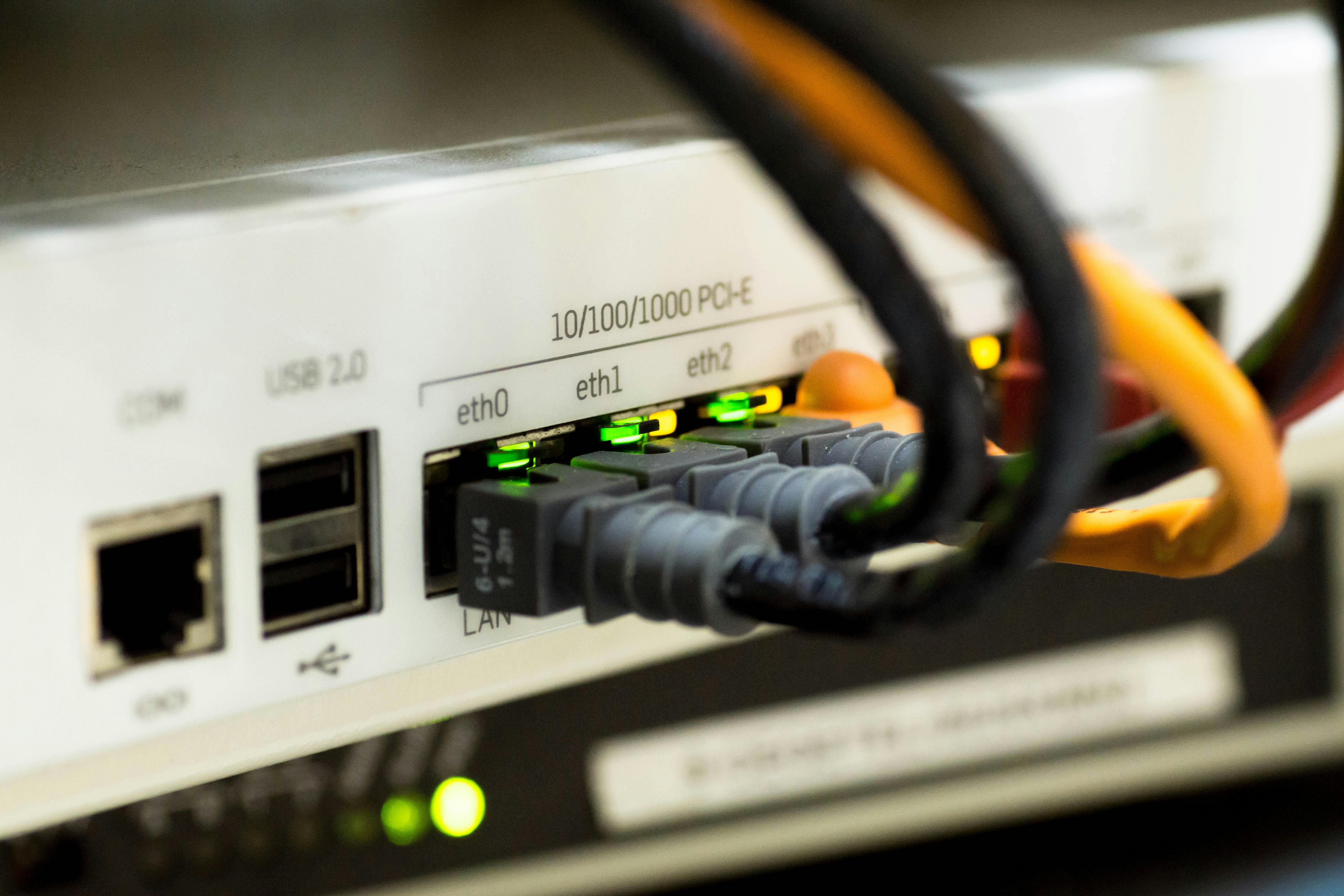The Evolution of the Internet: A Journey Through Connectivity and Innovation
The internet has revolutionized the way we communicate, learn, work, and interact with the world around us. From its humble beginnings as a research project to its current status as an indispensable global network, the internet has undergone remarkable evolution over the decades. In this article, we explore the fascinating journey of the internet, tracing its origins, milestones, and transformative impact on society.
Introduction:
The internet, often hailed as the "information superhighway," has transformed the world into a global village, connecting people from all corners of the globe in ways never before imagined. What began as a modest experiment in computer networking has blossomed into a vast ecosystem of interconnected devices, services, and platforms that permeate nearly every aspect of modern life. In this article, we embark on a journey through the evolution of the internet, exploring its origins, pivotal moments, and ongoing innovations that continue to shape our digital age.
The Birth of ARPANET (1969):
The story of the internet begins in the late 1960s with the creation of ARPANET, a pioneering network funded by the U.S. Department of Defense's Advanced Research Projects Agency (ARPA). Designed to facilitate communication between researchers and scientists, ARPANET utilized packet-switching technology to transmit data across multiple nodes, laying the groundwork for the decentralized architecture that defines the internet today. On October 29, 1969, ARPANET achieved its first successful message transmission between computers at UCLA and Stanford University, marking the birth of the internet.
The World Wide Web (1990s):
While ARPANET laid the foundation for networked communication, it was the invention of the World Wide Web by British computer scientist Tim Berners-Lee in the early 1990s that transformed the internet into a user-friendly, accessible platform for information sharing and collaboration. Berners-Lee's creation of the first web browser and web server, along with the development of HTML (Hypertext Markup Language) and HTTP (Hypertext Transfer Protocol), revolutionized the way people accessed and interacted with digital content. The launch of the first graphical web browser, Mosaic, in 1993 further popularized the World Wide Web, paving the way for the internet's explosive growth and mainstream adoption.
The Dot-Com Boom (Late 1990s):
The late 1990s witnessed the emergence of the dot-com boom, a period of rapid expansion and investment in internet-based businesses and technologies. Companies like Amazon, eBay, and Google rose to prominence, capitalizing on the growing popularity of e-commerce, online auctions, and search engines. The proliferation of high-speed internet connections and advancements in web development tools fueled a surge in internet usage and digital innovation, laying the groundwork for the digital economy that continues to thrive today.
Web 2.0 and Social Media (Early 2000s):
The early 2000s saw the rise of Web 2.0, a new phase of internet development characterized by user-generated content, social networking, and interactive web applications. Platforms like Facebook, Twitter, and YouTube revolutionized online communication and collaboration, empowering individuals to connect, share, and create content on a global scale. The democratization of publishing tools and the advent of blogging platforms further fueled the rise of citizen journalism and online communities, transforming the way information is produced, distributed, and consumed.
The Mobile Revolution and Internet of Things (IoT) (Present Day):
In recent years, the internet has undergone a mobile revolution, with the proliferation of smartphones and tablets enabling ubiquitous connectivity and access to digital services on the go. The Internet of Things (IoT) has expanded the internet's reach beyond traditional computing devices, connecting everyday objects and appliances to the web and creating a vast network of interconnected smart devices. From smart homes and wearable technology to autonomous vehicles and industrial sensors, the IoT is reshaping industries and revolutionizing the way we live, work, and interact with our environment.
Conclusion:
As we reflect on the evolution of the internet, it becomes clear that its impact on society has been nothing short of transformative. What began as a humble experiment in computer networking has evolved into a ubiquitous and indispensable global infrastructure that touches nearly every aspect of modern life. From communication and commerce to education and entertainment, the internet has revolutionized the way we live and work, opening up new possibilities and opportunities for innovation and growth. As we continue to navigate the digital landscape, it is essential to recognize the internet's power to connect, empower, and inspire us, shaping the future of humanity in ways yet to be imagined.


Comments
Post a Comment